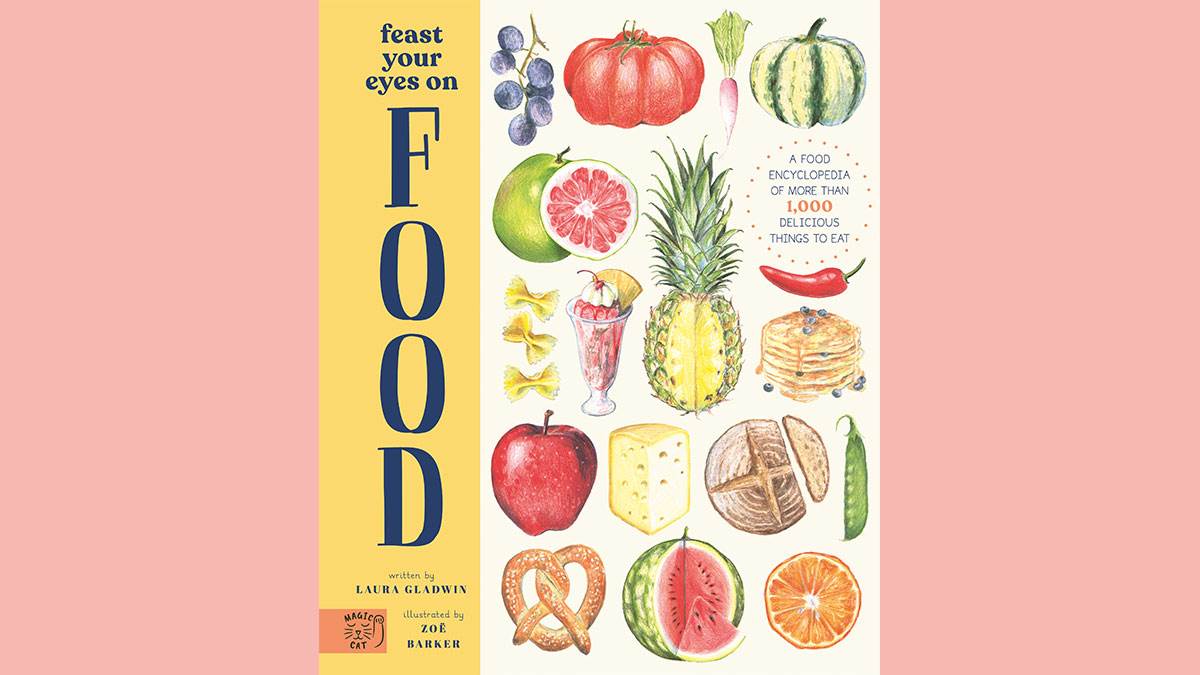Find out more of the facts behind the answers (spoiler alert!)
-
Answer to Question 1
Answer: A – America. The rest are mostly grown in Europe and the Middle East. Although almond growers use modern industrial methods, they still depend on bees to pollinate the almond trees.
-
Answer to Question 2
Answer: D – Spain. As well as being an essential ingredient in cooking, olive oil is used to make cosmetics, medicines, fuels and soap.
-
Answer to Question 3
Answer: B – India, in the Malabar Coast. The fruits are picked when they begin to turn red and are placed in boiling water, which causes them to turn dark brown or black. They are then dried in the sun for up to four days. The whole peppercorns, when ground, produce black pepper which is used as a seasoning in cooking.
-
Answer to Question 4
Answer: B – Myanmar. Cinnamon comes from the dried inner bark of the cinnamon tree, and is either ground to a fine powder or broken into sticks or quills.
-
Answer to Question 5
Answer: C – The North Atlantic Ocean. They’re usually cooked on the boat while still at sea, then shelled and frozen in factories on land. Large, grey tiger prawns are farmed in warmer waters, often in Thailand or Indonesia.
-
Answer to Question 6
Answer: D – Mexico. Avocado trees grow in warm places where the winters aren’t too cold, like Mexico, the Dominican Republic and South Africa. They’re harvested by hand using a long pole with a basket on the end.
-
Answer to Question 7
Answer: B – China and India. About half the world’s population depends on rice for food.
-
Answer to Question 8
Answer: A – Russia. Unlike many other grains, oats grow well in cool, wet countries, and the world’s top producers are Russia, Europe and Canada. – and
-
Answer to Question 9
Answer: D – The Ivory Coast. It supplies 30 per cent of the cocoa beans for the world chocolate market! Out of all the things you’ve eaten recently, chocolate has probably travelled the furthest.
-
Answer to Question 10
Answer: C – Turkey. Tomatoes are grown in lots of countries where there’s plenty of sunlight, but the chief producers are in southern Europe. In colder places, like the United Kingdom, they are often grown in polytunnels (long tunnels made of polythene plastic that protect crops and keep them warm).






